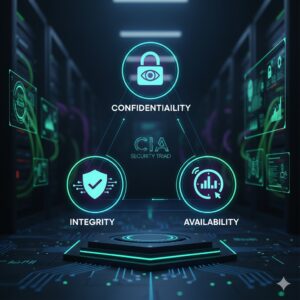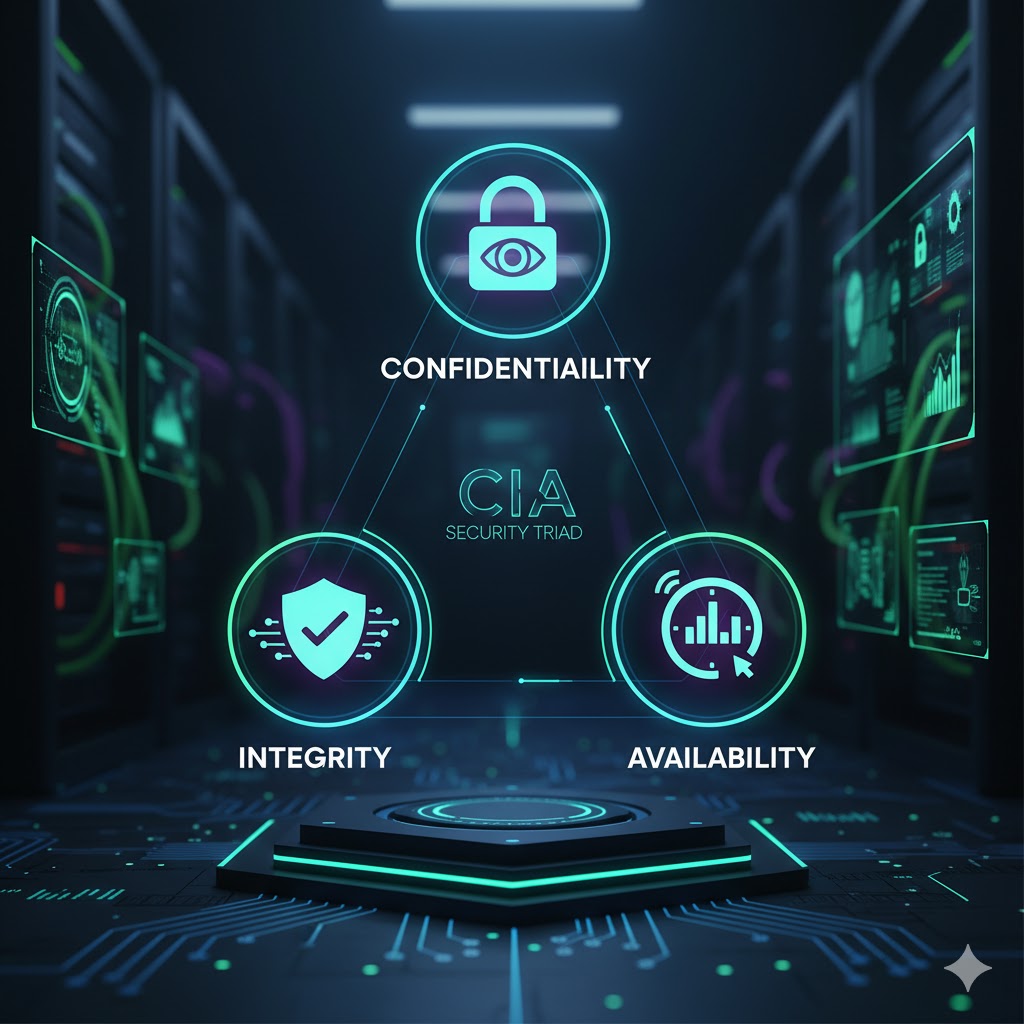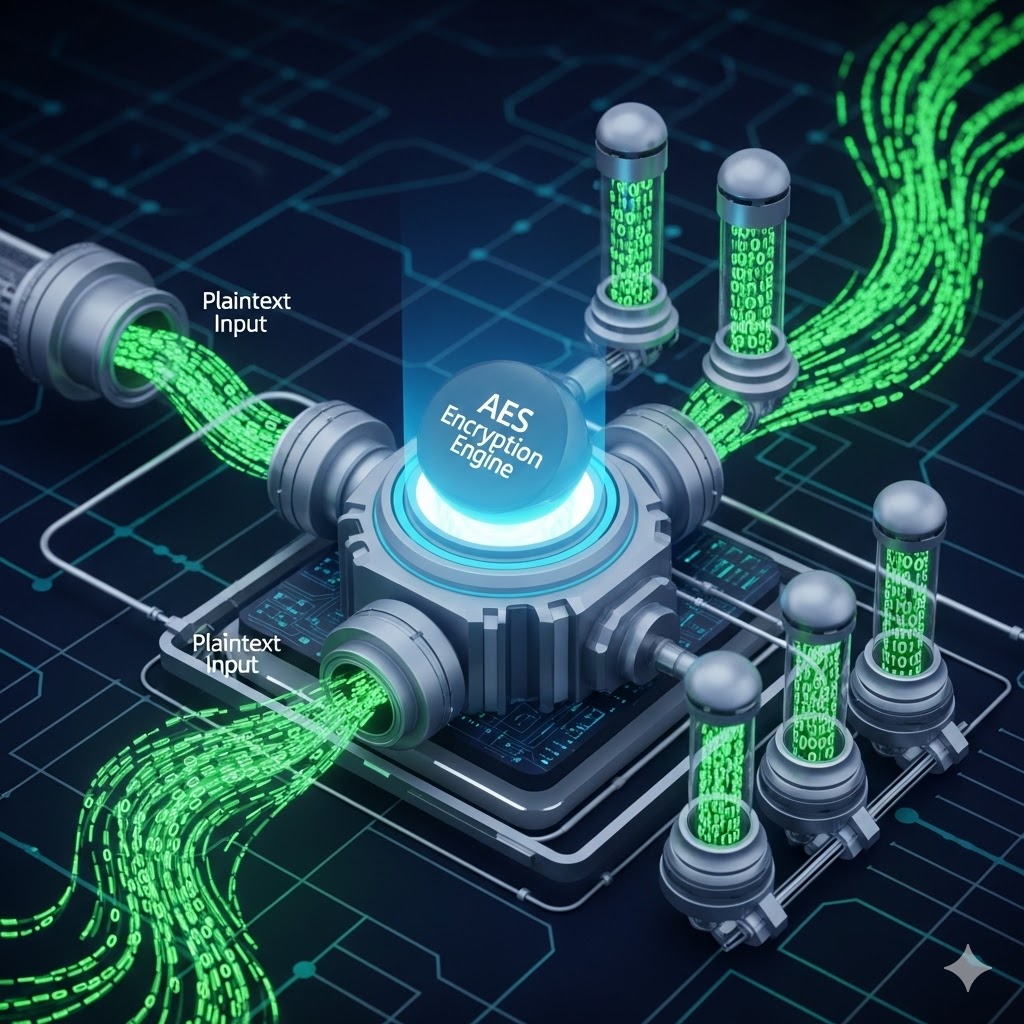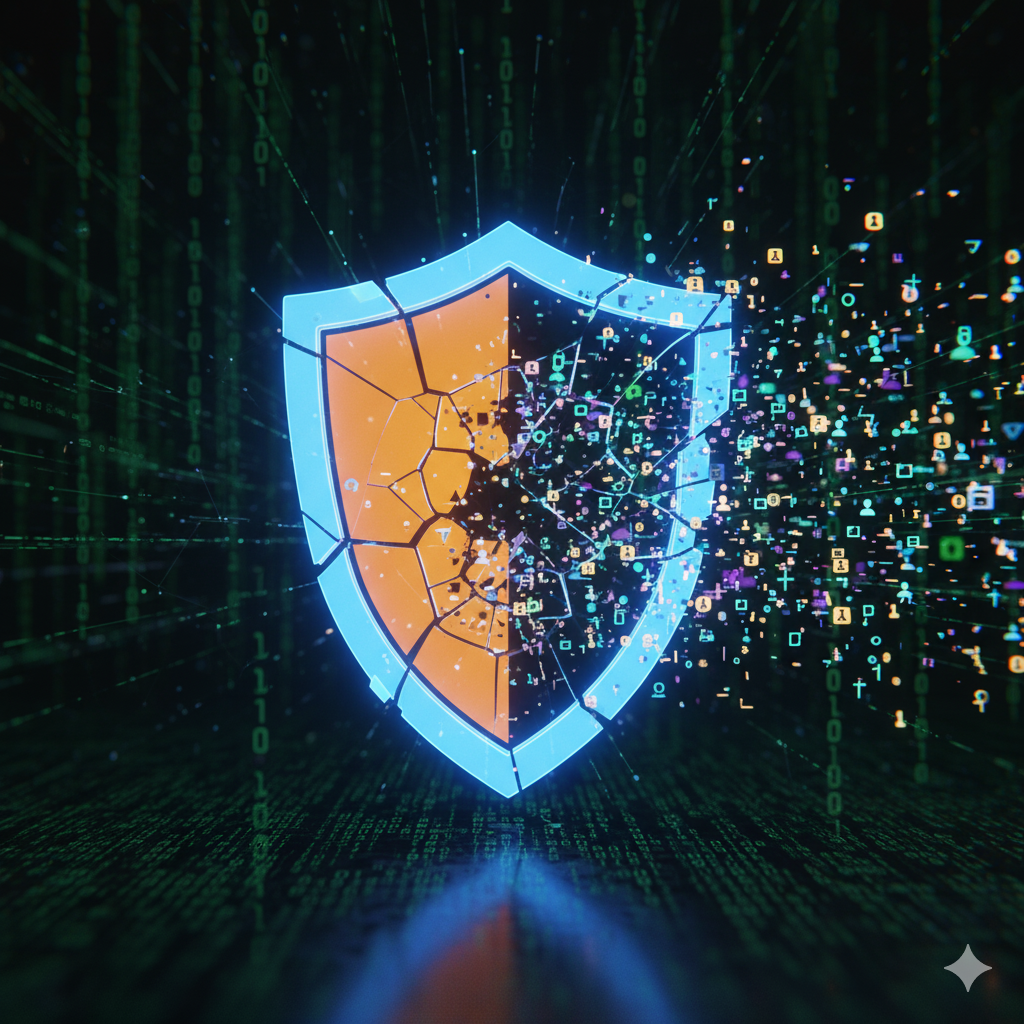In the realm of information security, the Security Triad, often referred to as the CIA Triad, is a foundational model designed to guide policies and practices for information security. It comprises three core principles: Confidentiality, Integrity, and Availability. Understanding and implementing these principles is crucial for any organization looking to protect its valuable assets.

Confidentiality Confidentiality ensures that sensitive information is accessed only by authorized individuals. This principle is about preventing unauthorized disclosure of information. Think of it like a lock on a diary; only the person with the key can read its contents. Measures to uphold confidentiality include encryption, access controls (like usernames and passwords), and data classification. For example, a company’s financial records should only be accessible to its accounting department and senior management.
Integrity Integrity focuses on maintaining the accuracy, consistency, and trustworthiness of data throughout its entire lifecycle. It means that data should not be altered or destroyed by unauthorized individuals or processes, and that it remains true to its original state. Imagine a meticulously kept ledger; integrity ensures that no one can secretly change the numbers or add false entries. Methods to ensure integrity include hashing, digital signatures, and version control. If a customer’s order details are changed without authorization, it directly compromises the integrity of that data.
Availability Availability ensures that authorized users can reliably access information and resources when needed. This principle is about ensuring uptime and accessibility, preventing service interruptions, and recovering quickly from any disruptions. Consider a library that’s always open and stocked; availability means you can always get the books you need. Strategies for availability include regular backups, redundant systems, disaster recovery plans, and network bandwidth management. If a website crashes and customers cannot access it, the availability of that service is compromised.



